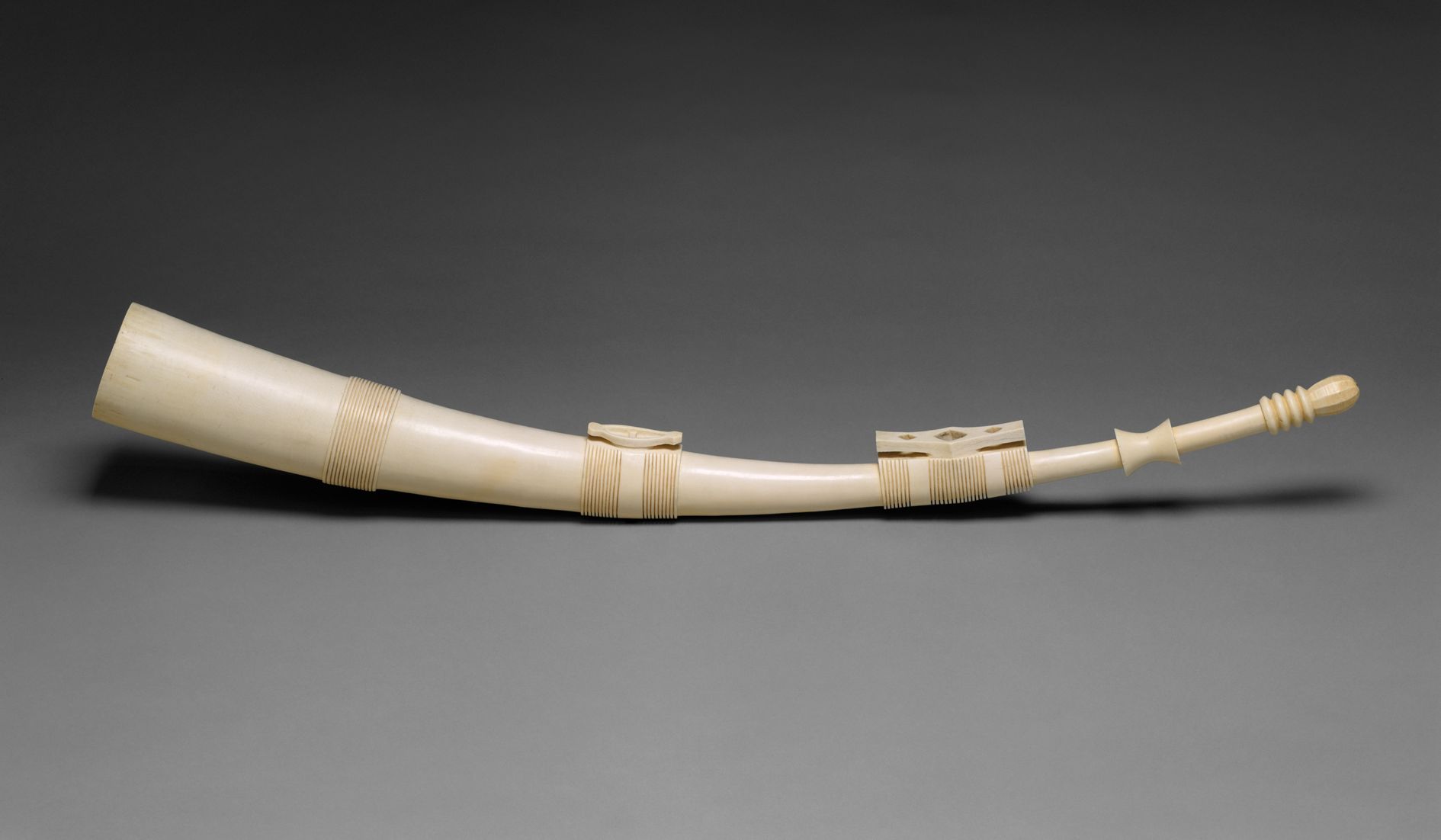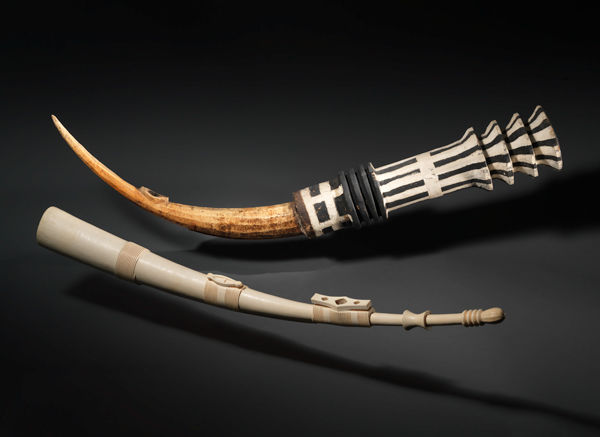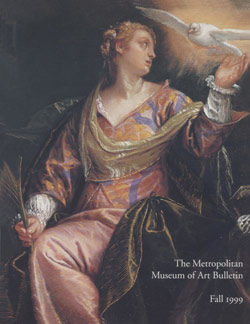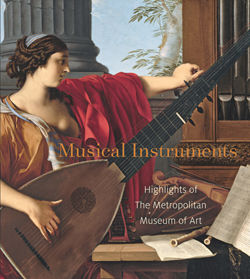Side-blown Trumpet
Animal horn or tusk trumpets with mouthpieces drilled into the side are found throughout Africa. Ivory trumpets often symbolize kingly power, and those associated with royal ensembles are decorated with skins, wooden extensions, and beautiful carving. This is true among the Mangbetu of the Democratic Republic of Congo, who fashioned this instrument. Once acquired, the ivory is entrusted to carvers who may take over two months to re-form the tusk and make it playable. Royal instruments are carved in deep relief with ridges and a projecting mouthpiece, seen, in this example, at right of center. Another conspicuous royal motif, appearing at the left, is a canoe-shaped design. Elegant trumpets like this one are used in pairs to accompany dances or signal the entrance and departure of the king. Europeans prized instruments such as this because of their elegant design, and the Mangbetu responded by producing trade instruments that were unfinished and unplayable. The Museum's trumpet, however, is masterfully finished and possesses a booming voice.
Due to rights restrictions, this image cannot be enlarged, viewed at full screen, or downloaded.
This artwork is meant to be viewed from right to left. Scroll left to view more.






